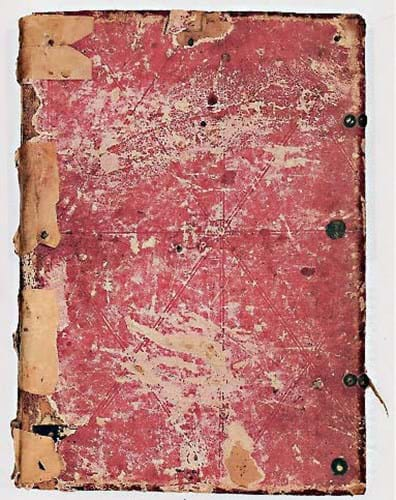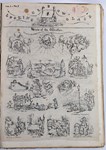
A 5000-year-old Sumerian clay tablet recording beer production and bearing what may be the earliest record of any personal name, it was part of an 80-lot sale called The History of Western Script.
This auction marked the 80th birthday of that renowned Norwegian collector of antiquities, ancient manuscripts and rare books, Dr Martin Schøyen.
Abbey archive
Items of particular English appeal on offer included the Sawley Abbey archive. Comprising a group of 85 documents from the Augustinian abbey of St Mary at Darley in Derbyshire that date from the 1160s to the late 14th century, it sold at £32,000.
Just a couple of thousand pounds cheaper was a group of nine parchment rolls dating from the years 1299-1441 and relating to rents due from properties in Somerset that belonged to the Augustinian priory at Taunton.
Only one book from that priory’s library is now recorded (sold at Sotheby’s in 1947 and now in the Morgan Library & Museum in New York) and of the buildings that were demolished in the decades following Henry VIII’s dissolution of the monasteries, only a late medieval barn, now the home of the Somerset Cricket Museum, still stands.
Among highlights of the 50-lot general sale that followed in the afternoon was a large and imposing 15th century Italian manuscript of the Summa de casibus conscientiae of Bartholomaeus de Sancto Concordio.
Written c.1338, this, said the cataloguer, was a fundamentally important penitential work created for practical use by preachers, and one that surveyed the whole subject of moral theology with the aid of detailed examples taken from canon law.
Though hundreds of copies of this once hugely popular work are to be found in European libraries, this example in a defective but contemporary binding took £28,000 from an online buyer.
Vineyard rights
Bid to £7000 – 10 times the low estimate – was a long, thin parchment charter recording the transfer of rights in vineyards in central Spain. Executed in medieval Spanish but signed in Arabic by one party to the agreement, it may have been drawn up in Toledo or Segovia and is dated 1312. It also serves as a reminder of the many centuries in which large parts of Spain had been under Moorish rule.













